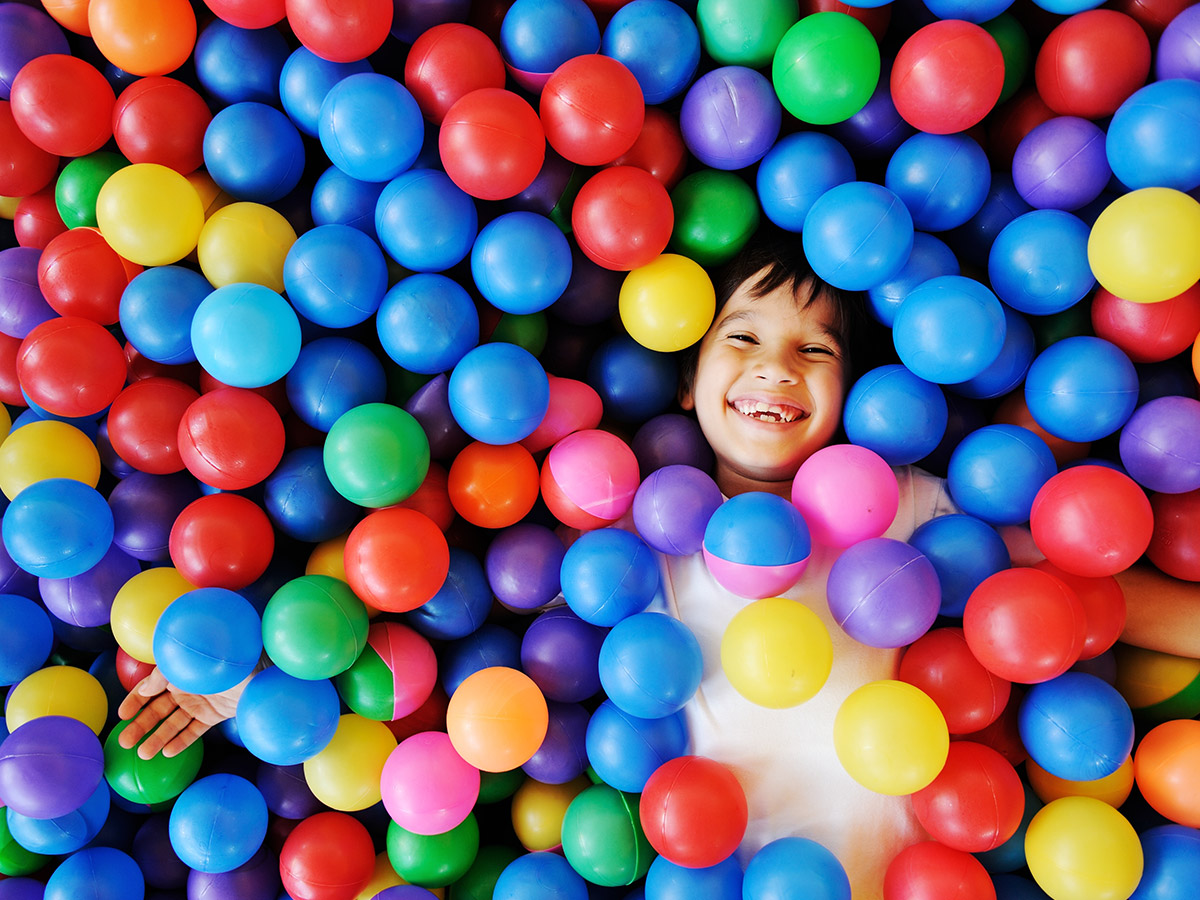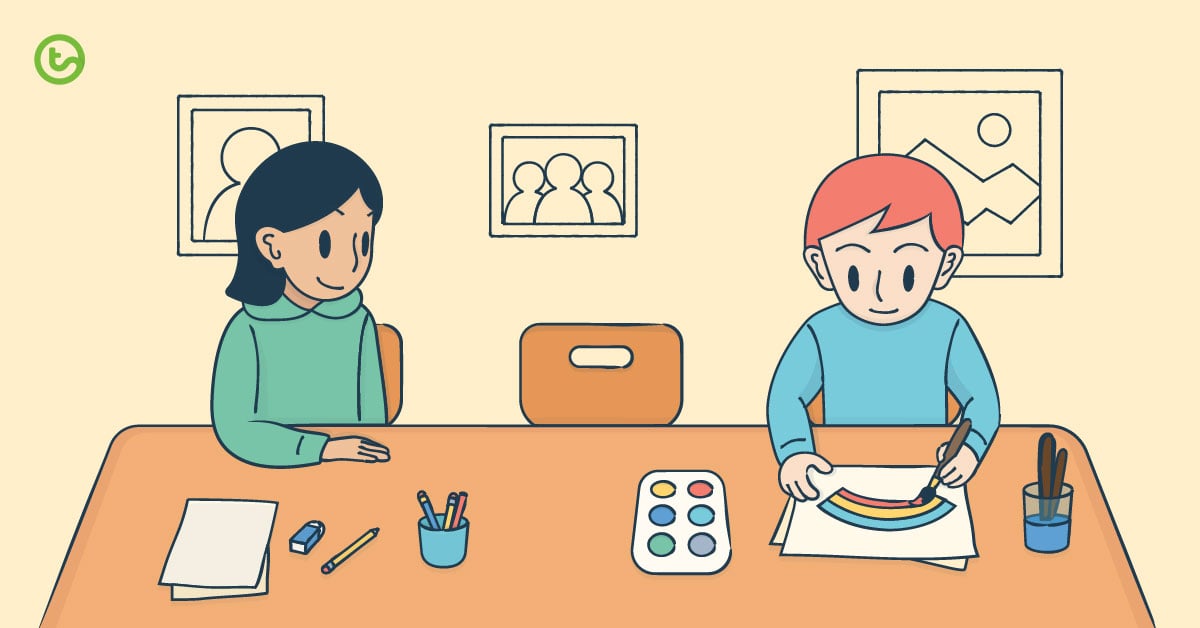Has the time that your children spent playing increased dramatically over the past few months? You may be concerned that the shift from school to home education has decreased the amount of ‘learning’ and increased the amount of playing that your kids are doing. You may feel guilty for encouraging your children to ‘go outside and play!’ when the juggle of working and learning from home becomes too much!
It may be of some comfort to you to know that playing is beneficial to parents’ sanity, but it’s also good for your kids!
That’s right! Alongside more formal education, play is essential to a child’s emotional, physical, and mental growth. What may look like simple ‘mucking around’ to an adult is, in fact, incredibly beneficial to our children’s health and wellbeing.

For us educators, the importance of play in childhood development is nothing new. Sometimes, however, it’s nice to be reminded that we are still doing right by our students by letting them have a bit of unstructured playtime.
Types of Play (and Why They’re Important for Childhood Development)
You may be curious to know how play helps our kids, and what it should look like. Do all types of play look the same? What types of play are our children engaging in?
Children play in different ways, depending on their ages, moods, personalities, and environments. Here, I will detail 11 different methods of play that children engage in. As well as this, I’ll help you understand the importance of play in childhood development – no matter what it looks like.
Sometimes, these different methods of playing are happening during the same activity! To help you see this, we’ve included some incredible illustrations that have been specially created by our talented designer Errol Hoffman.

Unoccupied Play
We’ve all caught our children staring out the window – rather than reprimand them for daydreaming, we should be encouraging it!
While it may not look like playing, observing the world around them is a cognitive play method and a fantastic way for children to learn. Internally questioning what they see, or imagining exciting things linked to their observations helps them connect to the environment in which they live and builds their imagination, problem-solving skills, vocabulary… you name it!
Parallel Play
Parallel play involves two children playing together but independently. They are enjoying different activities in the same environment and are not playing with each other.
Parallel play allows children to watch and mimic each other, and in doing so, learn different points of view. It encourages social skills such as sharing and recognizing social cues. Children usually participate in this type of play during their toddler years.
![]()
Associative Play
Similar to parallel play, associative play is the next step towards friendship and cooperation. In this type of play, children are participating in the same activity, but doing so independently.
You might like to think about children building a sandcastle. They are each building different, yet equally as important, parts of the castle. While they are doing this, they engage each other in conversation, socializing, and cooperating by sharing tools and space.
Imaginative Play
If you’ve read our blog The Benefits of Imaginative Play in the Classroom, you’d know just how much we love imaginative play!
Imaginative play allows children to broaden their worldview, practice new vocabulary, and make sense of the world around them. Role-playing, exploring a fantasy world, or even merely pretending an everyday object is something much more exciting (such as a cardboard box castle!) are all examples of imaginative play.
Constructive Play
Constructive play brings all the benefits of traditional play together with a couple of added bonuses – fine motor skills and spatial awareness!
This type of play can be anything from using building blocks to creating origami. It can even be used to stretch our kids’ imaginations – why not give them a few recyclable materials and see what amazing things they can create? It teaches our kids to problem solve and create. Constructive play can be completed independently or with friends, utilizing those incredible cooperative skills your students are developing every day.

Cooperative Play
Cooperative play is precisely what it sounds like – children working together to achieve a common goal. The importance of play in childhood development is very obvious here! It is here that a child’s social and emotional resilience is built and tested.
Kindness and empathy towards others, as well as patience and communication, are big lessons that children learn during cooperative play.
Physical Play
This is perhaps the activity that might most often spring to mind when thinking about playing! While most play is, in theory, ‘physical,’ this specifically refers to play that engages a student’s fine motor and gross motor skills. Riding a bike, throwing a ball, and dancing are all incredibly fun examples of physical play!
Not only is physical play incredibly beneficial to a child’s physical health and fitness and motor skills, but it also encourages them to develop confidence in their bodies, lets them practice risk assessment, and builds their self-control.
Competitive Play
A little healthy competition is of great benefit to children!
Competitive play can look like anything from participating in a board game to playing on a basketball team or even having a drawing competition! It teaches our kids essential skills such as resilience, humility, working in a team, and how to follow the rules and take turns.

Onlooker Play
Like a live-action tutorial, onlooker play involves kids sitting back and watching play in motion!
It may be a young child watching older children play. Or, perhaps, your child is shy and doesn’t have confidence in interacting with others. During onlooker play, children can build confidence, learn vocabulary, and observe social cues while avoiding placing themselves in the action.
Independent Play
The ability to play by oneself shows a great sense of independence and imagination. The skill of occupying yourself, being self-sufficient, and enjoying your own company is grown through practicing independent play.
This type of play is particularly prevalent in younger children, who usually have a little more of a self-centered world view.
Symbolic Play
Expressing yourself with more than words is a skill that develops as you grow. Most often demonstrated through the Arts, symbolic play can look like many things – playing an instrument, creating artwork, or composing a poem – to name a few!
Symbolic play often helps children develop emotionally, as they learn to explore and express their ideas and emotions in controlled ways.







Comments